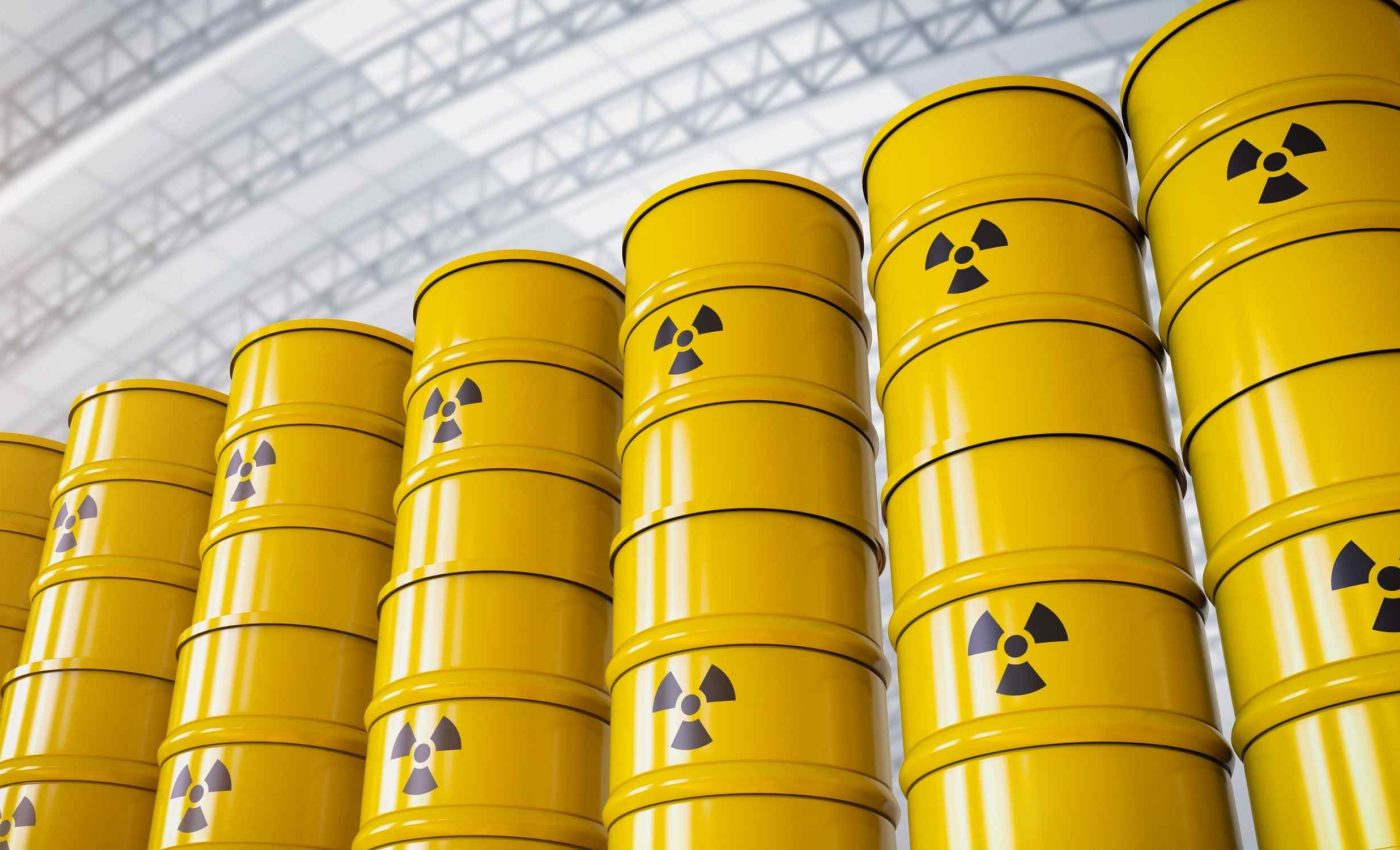
Scientists added bacteria to a reactor and achieved something that seemed impossible
Turning a waste gas into useful fuel sounds like science fiction. In a set of careful lab trials, Norwegian researchers used thin layers of microbes in a reactor to convert carbon dioxide and hydrogen into pipeline grade methane, surpassing 96 percent purity in the output gas.
Methane made this way can store surplus renewable electricity and replace fossil natural gas in existing systems. The work shows how biology can turn a liability into a resource without harsh chemistry or high pressure.
How this reactor makes methane
At the heart of the setup is biomethanation, a microbial process that turns carbon dioxide and hydrogen into methane and water.
The stars of that reaction are hydrogenotrophic methanogens, a group of methane making archaea (single-celled microorganisms with structure similar to bacteria) that use hydrogen to strip oxygen from carbon dioxide and leave methane behind.
This effort was led by Dr. Lu Feng of the Norwegian Institute of Bioeconomy Research (NIBIO).
The team built on years of anaerobic digestion know-how but directed it toward a different job, converting gas streams instead of decomposing wet organic waste.
The microbes live on plastic carriers in a trickle bed reactor. Gas rises through the column, liquid recirculates across a large surface area, and the biofilm holds the community in place so it can work steadily.
Moving hydrogen into water
Hydrogen is sparingly soluble in water. That simple fact can throttle the entire process because microbes need dissolved H2 to finish the chemistry.
Packed columns help by creating more interfaces where gas and liquid meet. Shorter diffusion paths and steady recirculation keep fresh hydrogen arriving at the biofilm so the microbes are not starved.
Engineers favor trickle bed systems for ex-situ methanation because they can reach high methane concentrations and strong production rates when designed well.
Biofilms, reactors, and methane
A biofilm is not a random slime. It is a structured microbial community embedded in a self made matrix that keeps cells close enough to share nutrients and pass intermediates.
In anaerobic systems, biofilms improve retention of slow growers and add resilience to shocks, a pattern summarized in a 2024 review.
“By introducing specific methane producing microbes into the reactors, we were able to steer the process towards more efficient CO2 conversion,” Dr. Feng explained.
“This shows that biofilm reactors have great potential, but also that they require careful control to function optimally at industrial scale.”
Smarter community of microbes
Microbial communities change when the job changes. When hydrogen is abundant and carbon dioxide is the carbon source, hydrogen using methanogens tend to take the lead, while other guilds support them by cycling nutrients and stabilizing pH.
The Norwegian experiments enriched and retained those hydrogen specialists inside the reactor.
The carriers gave them a permanent address, which helps the system restart after pauses and shrug off brief upsets in gas flow.
Communities that hold together also conserve energy. Cells spend less effort chasing food when the biofilm brings reactants to them, and the matrix can shelter them from inhibitors that would otherwise slow their enzymes.
Balancing the gas mix
Even a good reactor can stumble if the gas blend is off. When hydrogen levels run too high, volatile fatty acids can build up and depress performance, a pattern shown by earlier research.
Stable operation depends on keeping the hydrogen to carbon dioxide ratio near the needs of the community.
Thermophilic temperatures, steady liquid recirculation, and preventing leaks help the methanogens stay on task.
The Norwegian team reported methane exceeding 96 percent without extra polishing steps. That level matters for compatibility with engines, burners, and gas grids that expect a narrow quality range.
From lab reactors to real-world methane
Trickle bed biomethanation is a fit for concentrated waste gases from cement kilns, anaerobic digesters, and wastewater plants.
Streams of CO2 and occasional CO that would otherwise be vented can be turned into fuel in a compact footprint.
Because the reactors run at moderate temperature and near ambient pressure, the energy overhead is lower than many chemical scrubbing and separation steps.
The fuel can be stored for weeks or months and moved through the gas network.
There is also a systems story. Power to methane links electricity and gas, so wind or solar electricity that exceeds demand can make hydrogen, which then becomes storable methane with captured CO2.
What to watch next
Mass transfer remains the lever that sets capacity. Designs that increase the contact area, tune liquid film thickness, or boost turbulence without wasting power can push higher methane productivities.
Nutrient supply is not free. Trace metals such as nickel and cobalt sit in the active sites of key enzymes, so reactors need just enough to keep the machinery running, and no more.
Scale and reliability are the long game. The team’s work points to practical operating windows for gas ratios and temperatures, and the biofilm approach offers a path to reactor uptime that operators can trust.
Benefits of making methane in reactors
Turning CO2 into methane is not a license to pollute. It is a way to recycle unavoidable emissions while buying time for deeper cuts in fossil use and for smarter process design.
Regions with stranded renewables or heavy industry could benefit first. The same equipment can couple to electrolysers, digesters, or syngas units from waste gasification.
The basic science is portable. A well tuned biofilm community, a robust reactor, and straight forward control logic can be trained on a range of gas streams without exotic materials or complicated catalysts.
The study is published in Bioresource Technology.
—–
Like what you read? Subscribe to our newsletter for engaging articles, exclusive content, and the latest updates.
Check us out on EarthSnap, a free app brought to you by Eric Ralls and Earth.com.
—–













